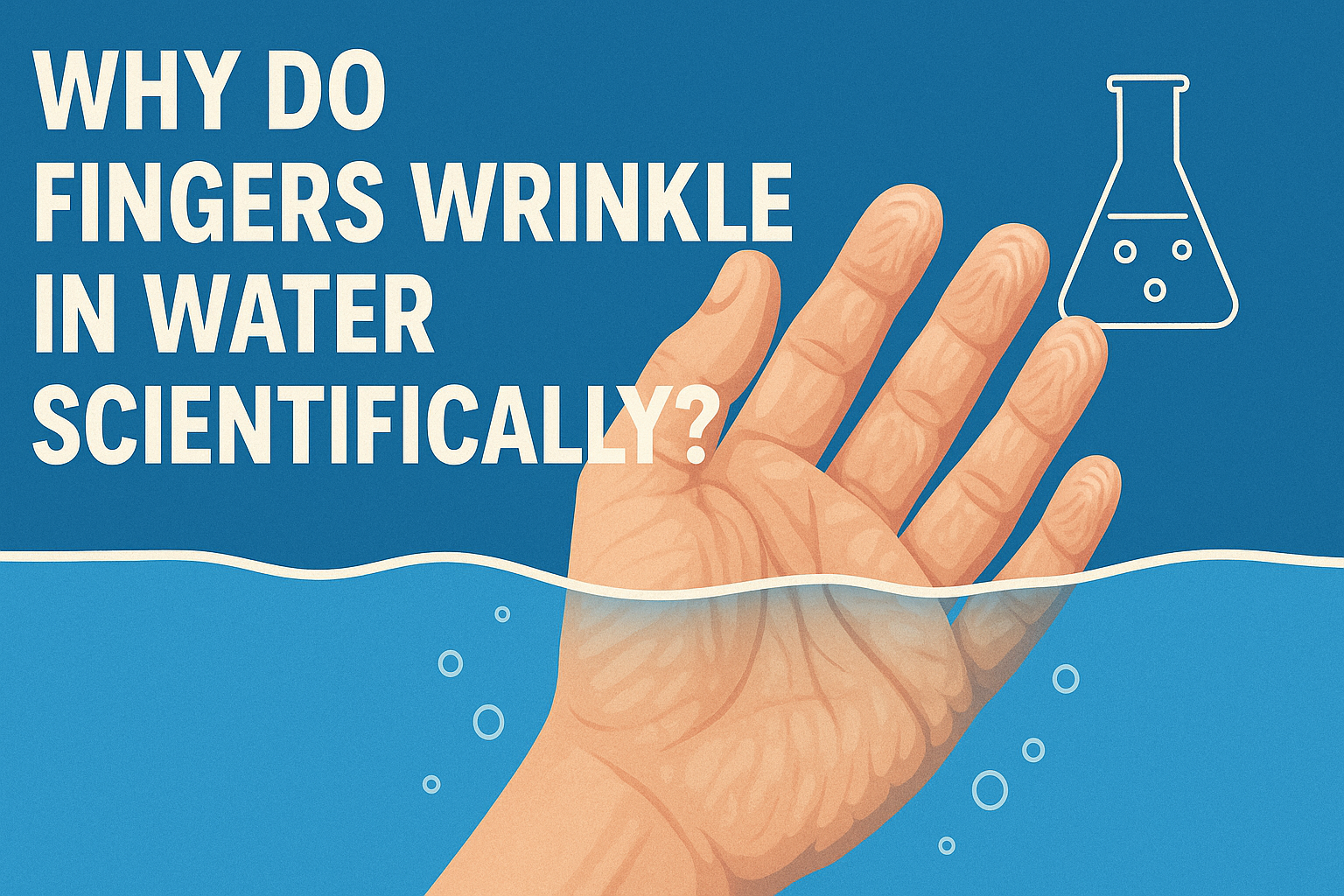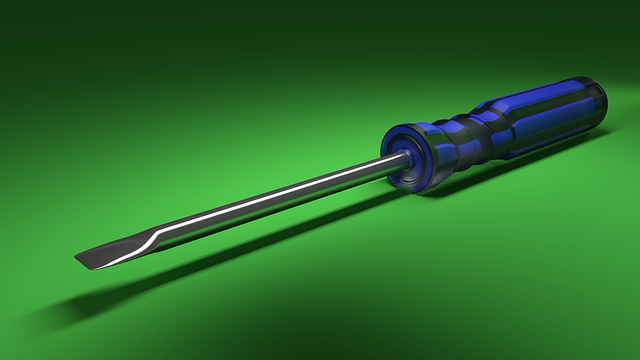Wrinkling fingers in water is an interesting science that more people have experienced but not well understood. Scientists and other inquisitive people have continued to attempt to crack the code as to why our skin particularly fingers and toes get pruned when placed in water over the decades. This wrinkling might appear to be a passive process but recently, there have been scientific discoveries that show that this wrinkling is much more complicated and determined than previously thought.
The Common Misconception: Osmosis and Skin Absorption
This theory has existed in many places over several years that it was through osmosis that a passive entry of water into the skin that caused finger wrinkling. Under this opinion, the water penetrates your skin and causes it to swell and expand in an irregular manner because layers of your skin absorb the water faster than others. It was the top layer of the skin called the stratum corneum that was thought of as most distensible which consequently buckled and wrinkled.
Although this explanation was probably true, it did not explain some issues like why the wrinkling was limited to the hands and the feet, or why the wrinkling did not occur instantly when it was submerged. Actually, the osmosis theory began to unravel in front of scientific epistomology. As it turns out, water intake is not the sole explanation to the wrinkling mechanism which occurs on submerged skin.
The Scientific revelation: a reaction of the nervous system
Something changed when in 2011 researchers especially those based in the University of Newcastle in the UK found out that finger wrinkling is not because the skin is absorbing water. Instead, it is an energetic process, which is owed to autonomic nervous system. Scientists discovered that in the case of the median nerve damage in the hand wrinkling did not happen, which implies the process to be neurologically controlled.
This is to mean that the body intentionally makes the blood vessels within the finger to narrow. The finger has the outer skin which is pulled inwards and wrinkles upwards due to the vasoconstriction that decreases the volumes of the soft tissue under the skin of the finger. It is the reaction that is controlled by sympathetic nervous system, the component of the organism that runs reflexive processes such as the heartbeat and breathing.
Adaptive Benefit: An improved grip in the wet surfaces
The neurological nature of wrinkling was determined and now researchers started wondering about the next big question, which was why does this occur? What is the evolutionary point of wrinkled fingers?
Another interesting study published in the journal Biology Letters in 2013 provided a clipping explanation. The research indicated that wrinkled fingers may perform a role more vital than that of the tire tread of an automobile, that a passageway is formed on the fingers where water may lock out, adding to an augmented amount of surface area of skin, that the skin comes at contact with wet elements. Such better friction on slippery surfaces might have had evolutionary benefits, particularly in the food-gathering subjects who spent time in wet, rainforest-like locations such as riverbanks.
Pruney fingers, that is, might have allowed our ancestors to better hold wet stones, fruits or tools and increased their survival and productivity in such environments.
The Process: How the Body Initiates Finger Wrinkling
When you put your hands in water particularly warm or slightly cool water, in a span of time, the skin has not begun to start wrinkling. Process is usually initiated in approximately five to ten minutes. This is how it works in several steps:
- Water comes in contact with the skin layer most at hand, the epidermis.
- A long-term presence of water is identified by nerve receptors.
- Blood vessels under the skin constrict causing vasoconstriction instigated by the sympathetic nervous system.
- When the volume beneath the skin reduces, there is a start of the collapse of the surface.
- There are definitely shapes of wrinkles, normally they look like a riverbed or tread.
Interestingly this can only take place in glabrous skin and this is the hairless skin that has our fingers, palms, toes and soles. Hence the wrinkling of your arms or legs is not the same.
Factors That Affect Wrinkling Speed and Depth
Either way, not all of us age at the same pace, and there are a number of reasons it can take you longer, or not, to get stunted in the conventional way.
Water temperature: Warm water is likely to increase the rate of wrinkling process whereas very cold and hot water, on the other hand, can either decelerate or inhibit the process.
Minutes of Submersion: The greater the time that you expose your finger’s to water, the more wrinkled they will become.
Skin condition: People with skins afflicted with conditions such as eczema or psoriasis will have different wrinkling shapes.
Neurological Health: As stated above, individuals with some nerve damages might not wrinkle at all which is even being applied even in clinical examination to test the nerve functioning.
Age: Older people might lose elasticity of the skin and sensitivity of the nerve and hence wrinkling might not occur as quickly as it is observed amongst young people.
Medical Implications and Diagnostic Use
This seemingly minor phenomenon is so consistent and well-regulated by the nervous system that it is sometimes used as a clinical diagnostic tool. Doctors may submerge a patient’s hand in water to observe if wrinkling occurs. A lack of wrinkling can indicate issues with the autonomic nervous system or specific nerve damage, such as injuries affecting the median or ulnar nerves.
In addition, researchers are investigating how the mechanics of finger wrinkling might inspire biomimetic technologies, such as robotic hands with better gripping ability in wet environments.
Why Doesn’t the Entire Body Wrinkle the Same Way?
The obvious thing is that your hands and feet wrinkle in water, but most of the other body parts do not exhibit this phenomenon. The reason is that wrinkling occurs only in places of glabrous skin that is heavily populated with sweat glands and heavily innervated by autonomic nervous system. The rest of the body has either no sensitivity or covered by hair, which alters the behaviour of skin under water.
Furthermore, the evolutionary necessity of the improved grip would apply to the hands and feet, as the means of capture and balance, instead of some other parts of the body, such as the back or the chest.
Conclusion-A Purposeful and flexible Response
Wrinkling of fingers while being in the water is not a passive and useless phenomenon. It is biologically programmed nervous mechanism of response, which is conscious and done to enhance grip in wet conditions. Not an oddity, this lowly method of physiological response stands as evidence of the complexity and versatility of the human physiology.
Science behind pruney fingers explains not only a long-standing riddle but also demonstrates interrelationship of evolutionary biology, neuroscience, as well as day-to-day life. Therefore, the next time you find yourself having wrinkled fingers in the bathtub or the swimming pool, it is because your body is preparing to find its way into gripping the world, even on a slippery surface.




